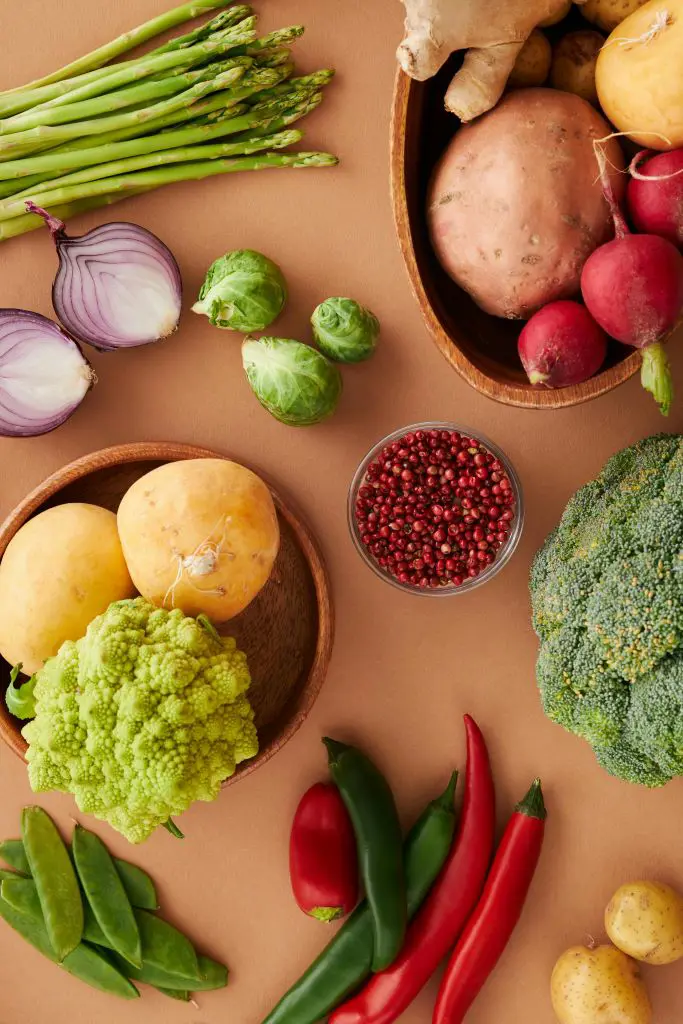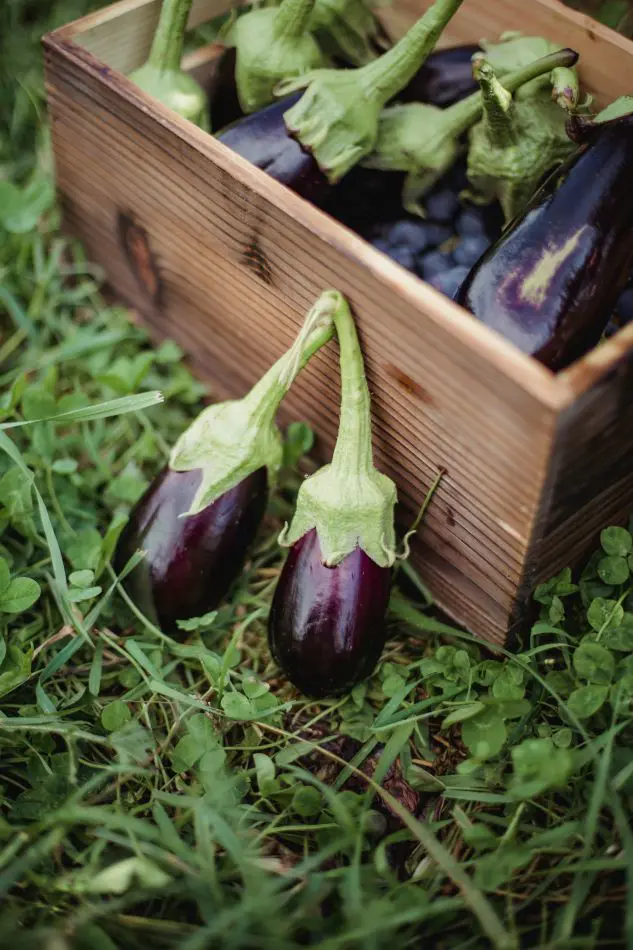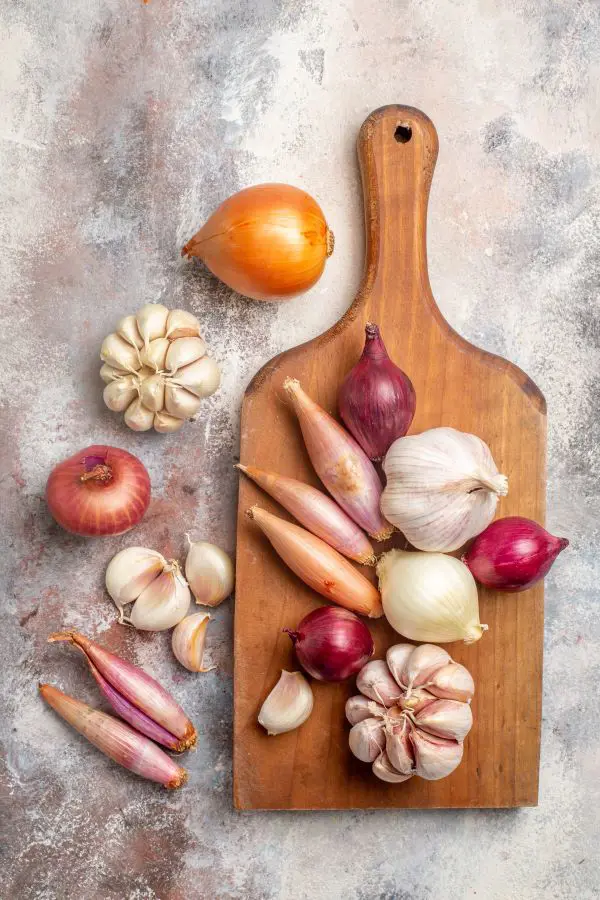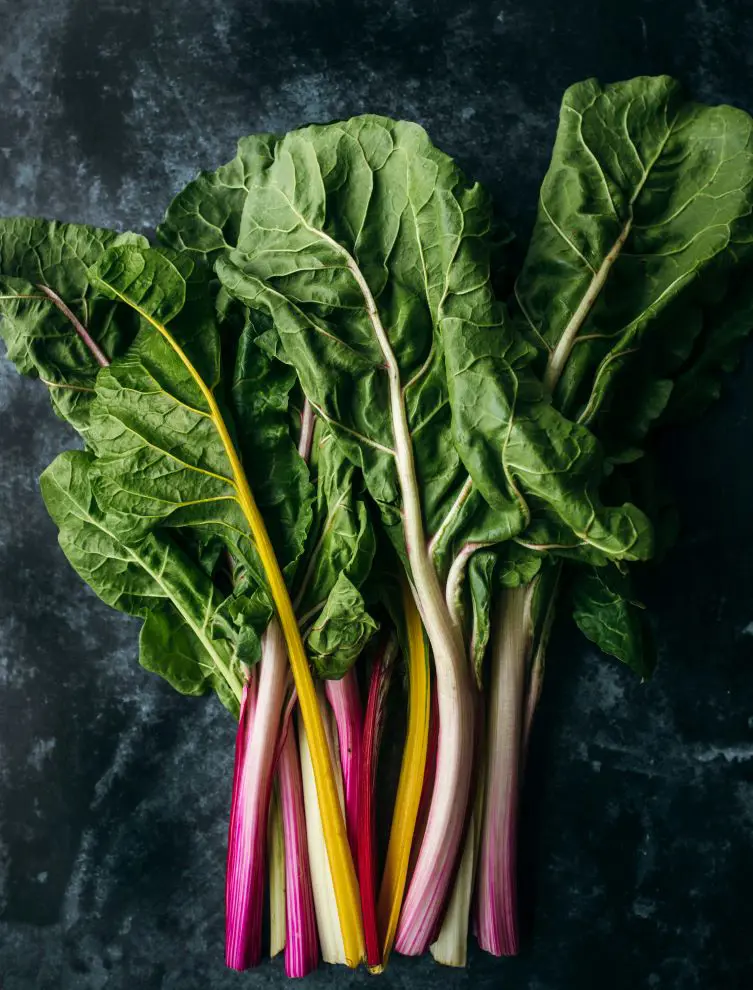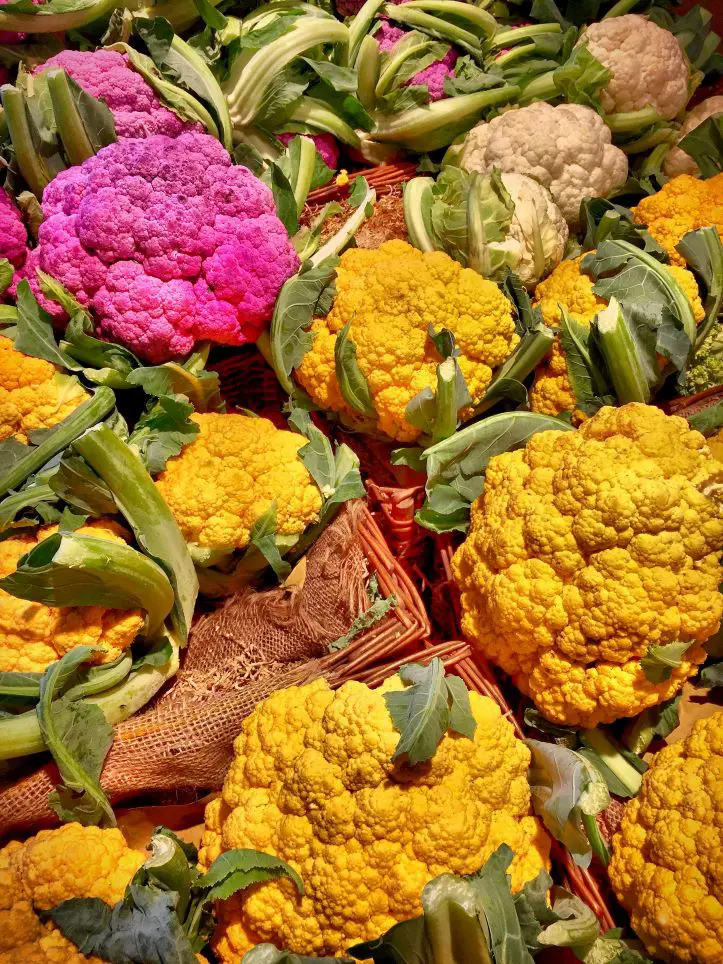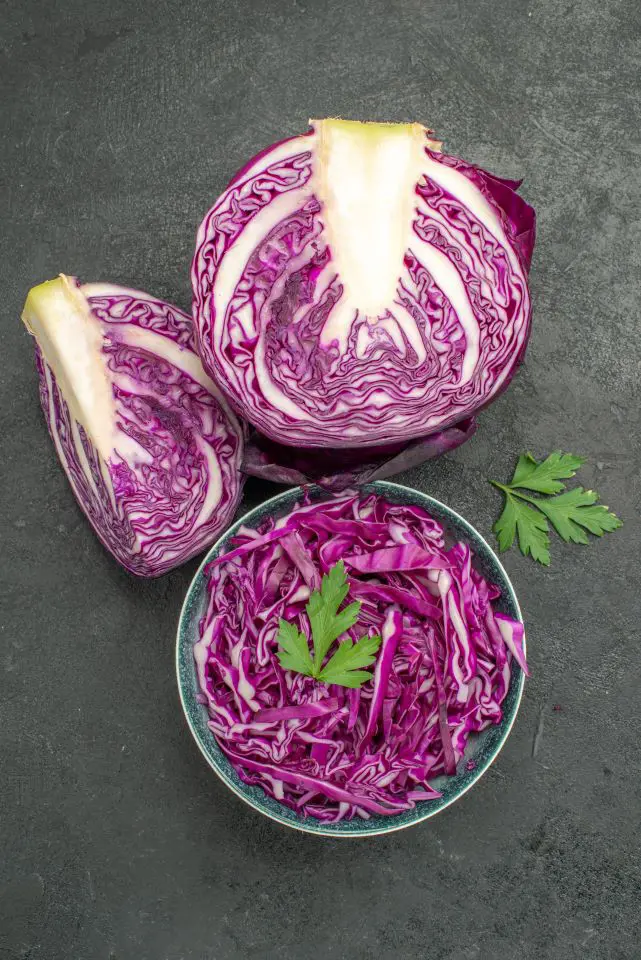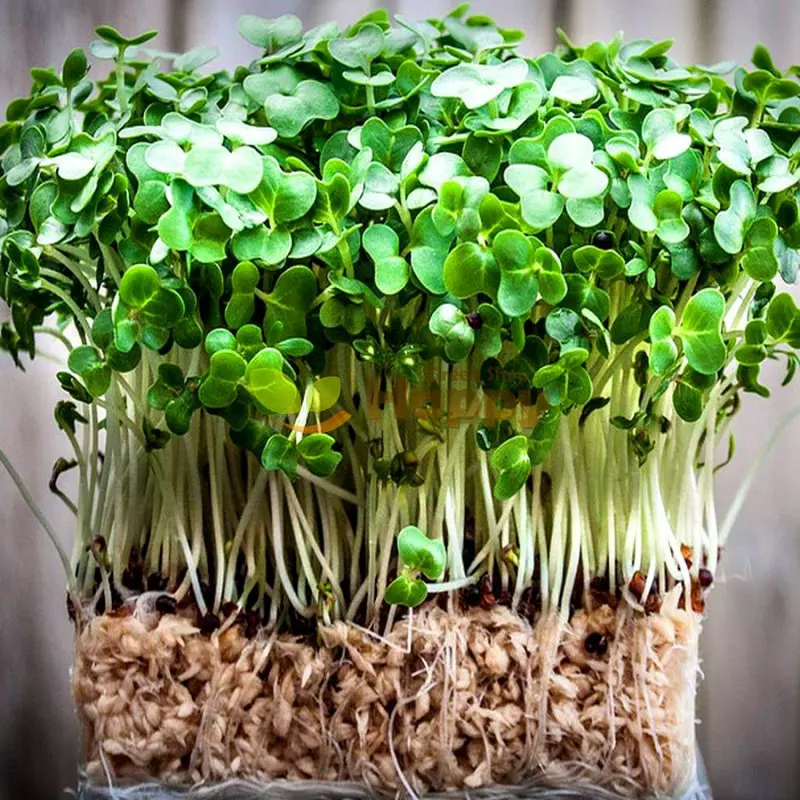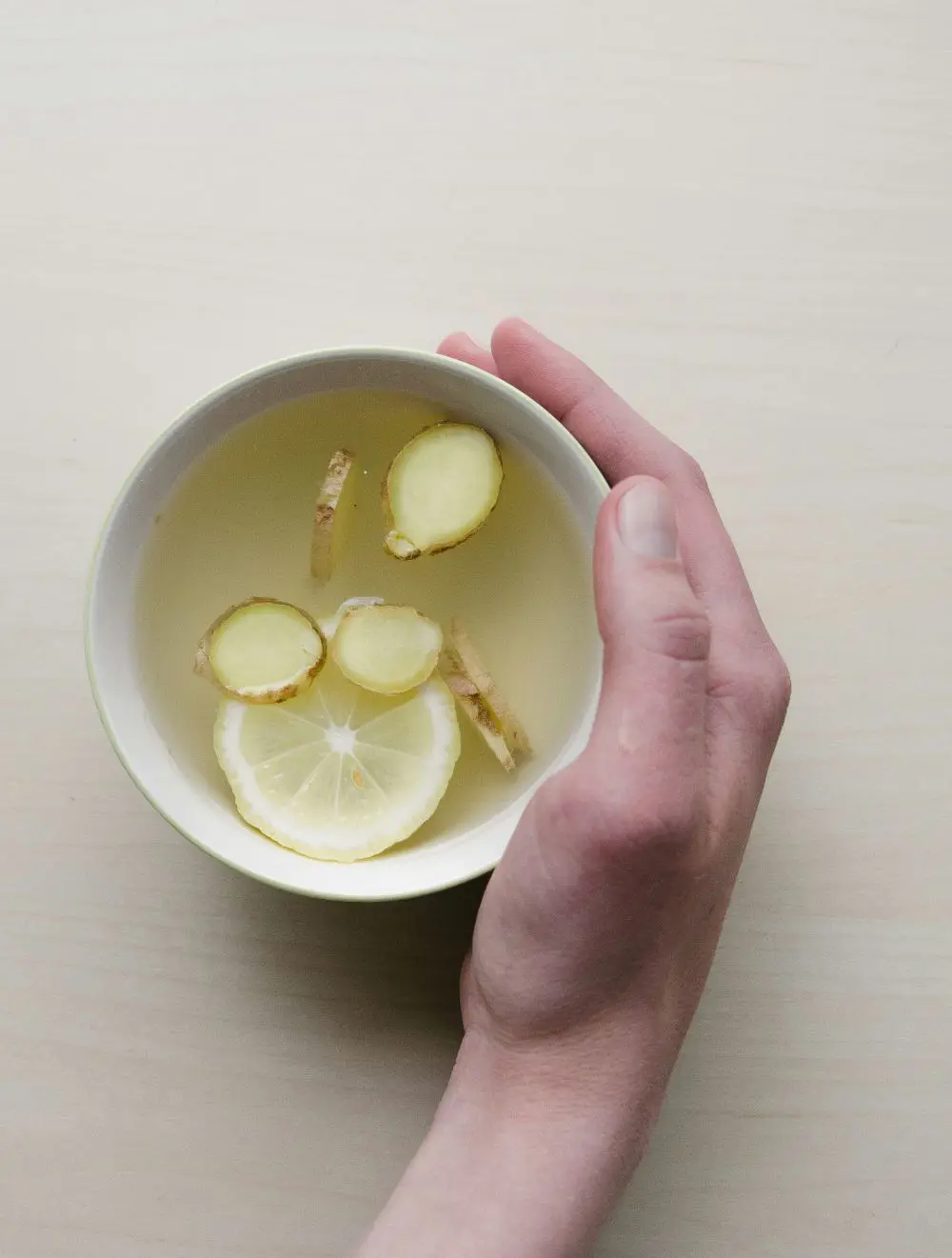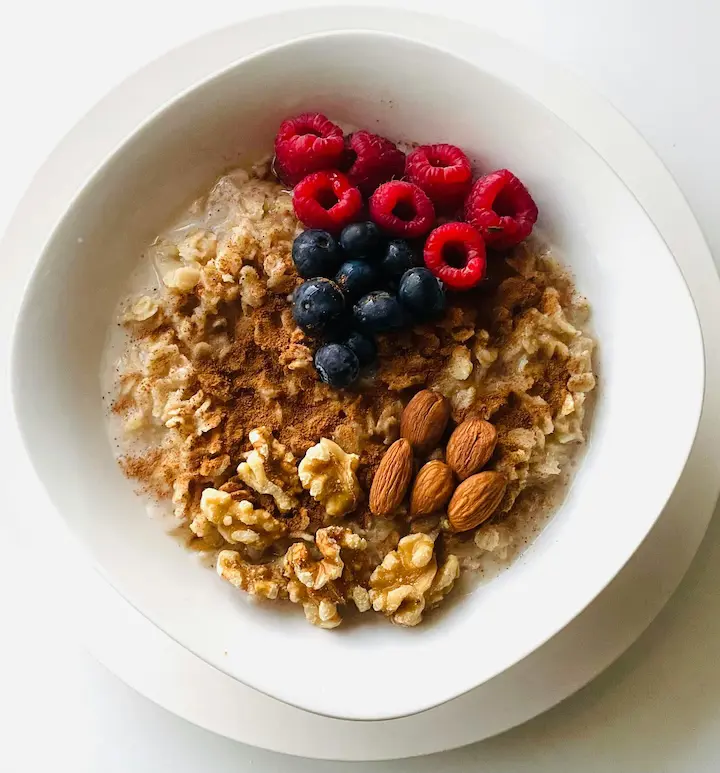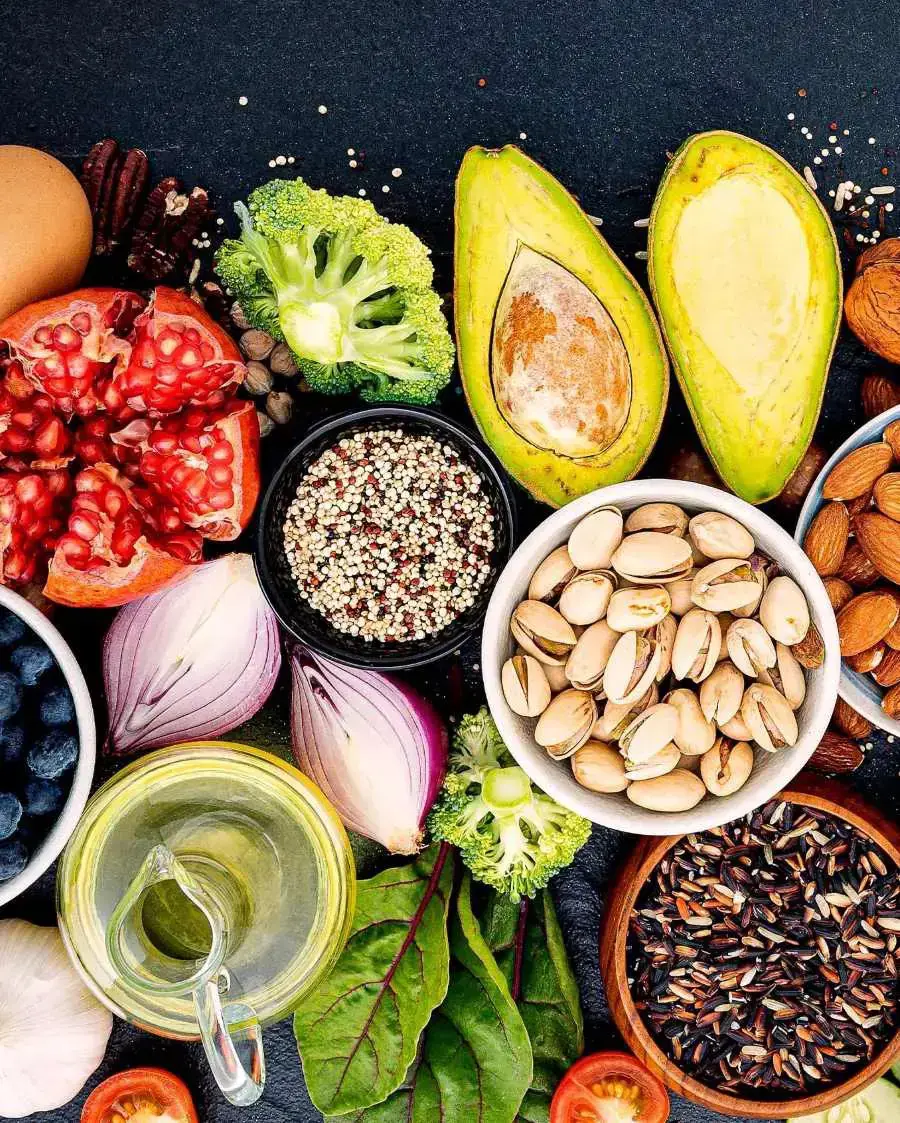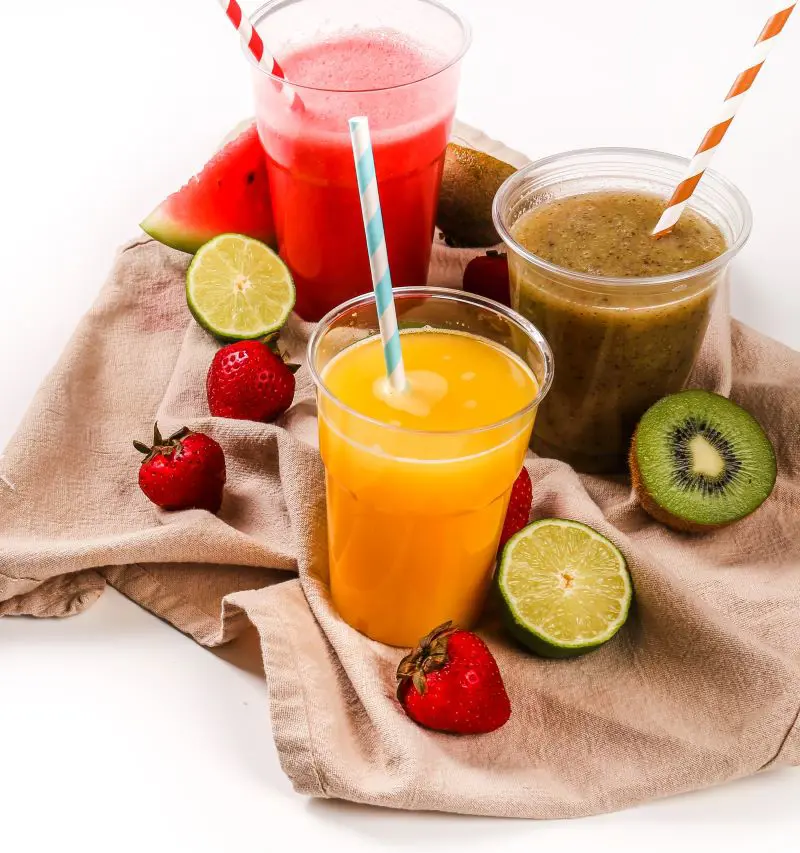1. Bell Peppers

Bell peppers are packed with vitamins and antioxidants, including carotenoids like beta-cryptoxanthin. These antioxidants help fight inflammation and may reduce the risk of chronic diseases. They are also rich in vitamin C, even more so than oranges. We are talking around 169% of the recommended daily intake (RDI) for vitamin C, translating to roughly 152mg.
Similarly, these sweet peppers are low in calories and may also improve eye health due to the presence of carotenoids. Also, their anti-inflammatory properties can potentially help with conditions like arthritis. All of these amazing qualities make this colorful vegetable a great choice for people with healthy eating plans.
